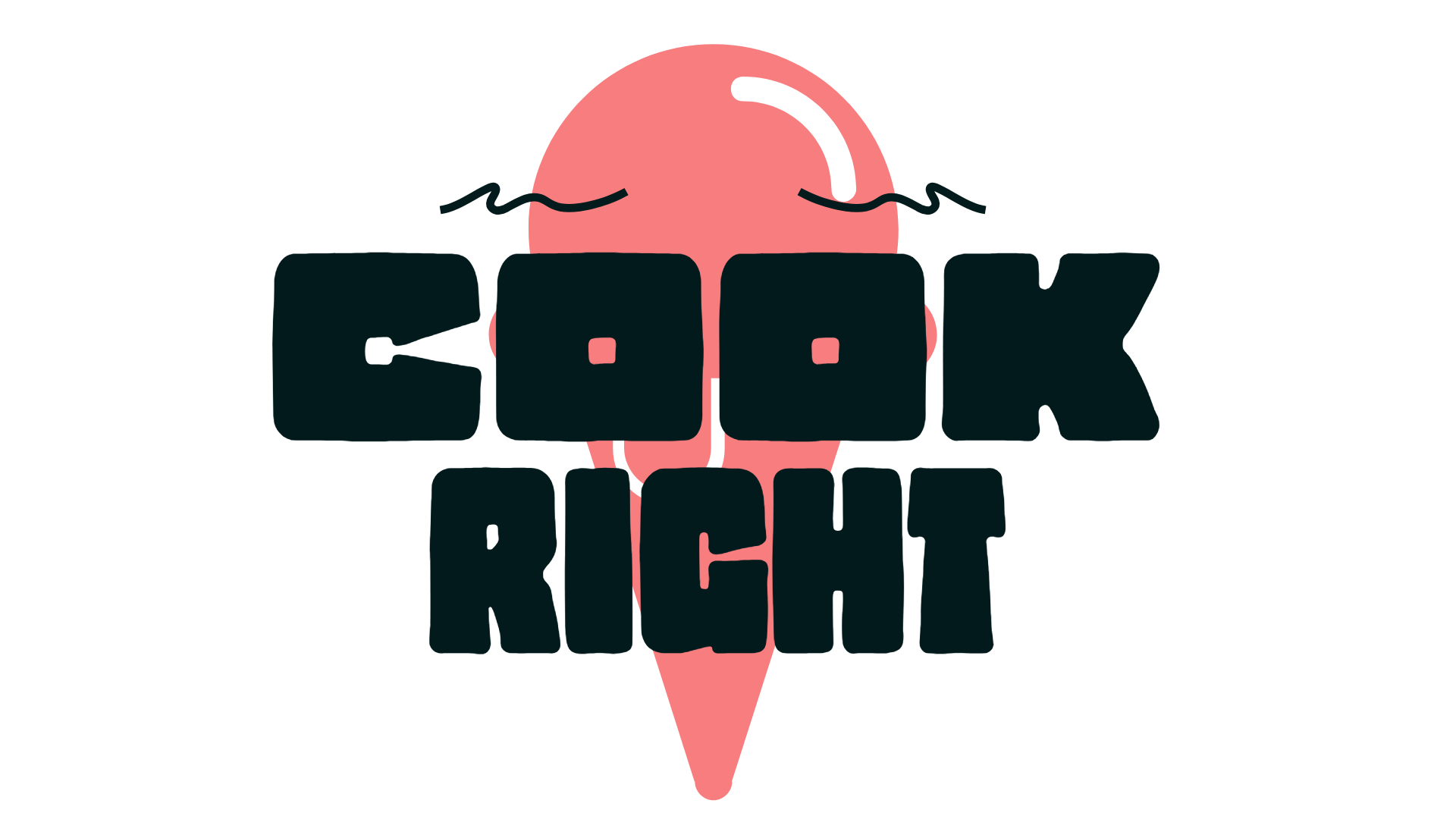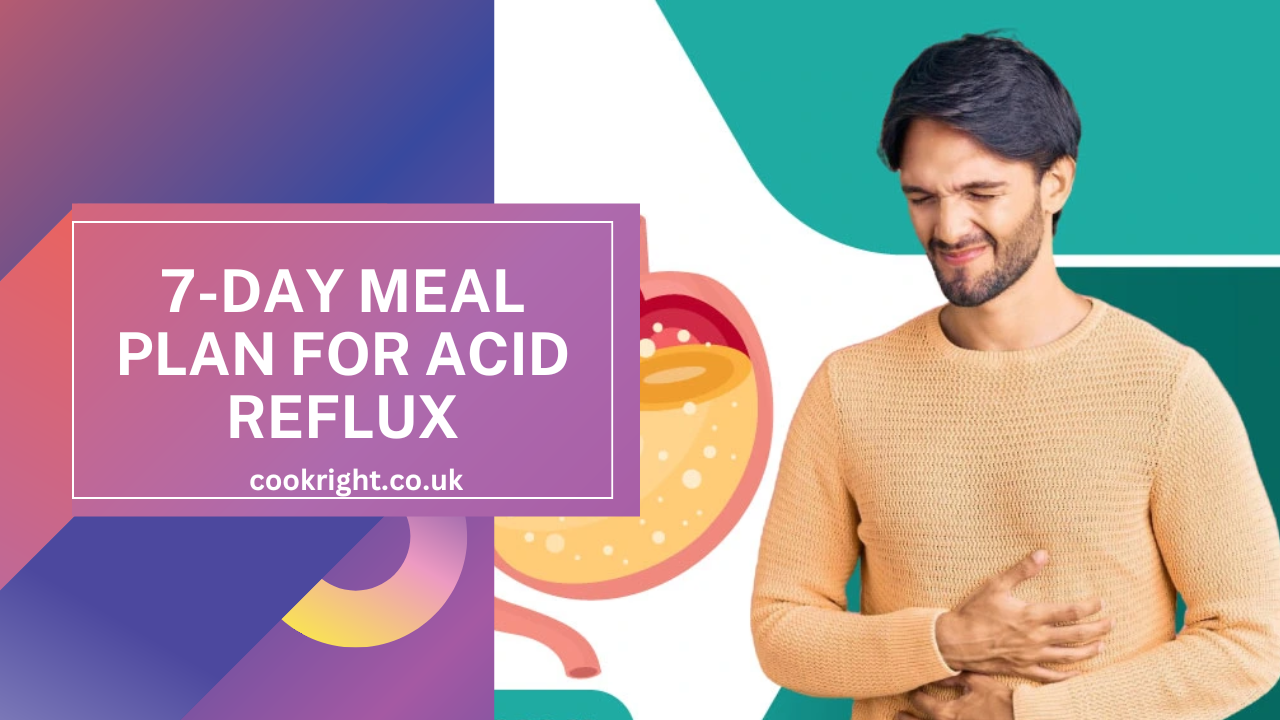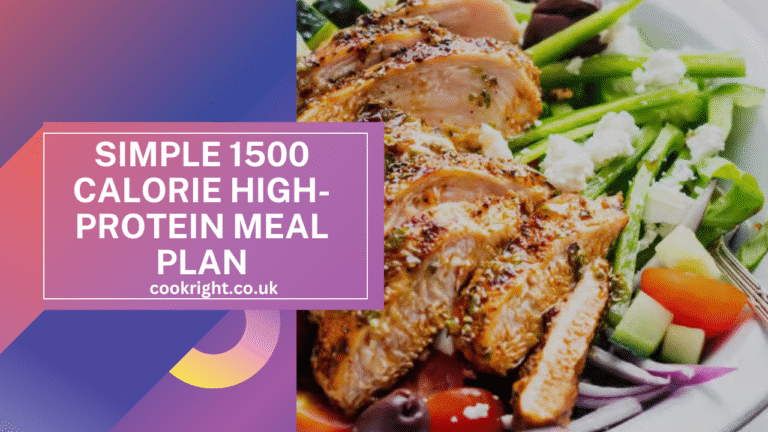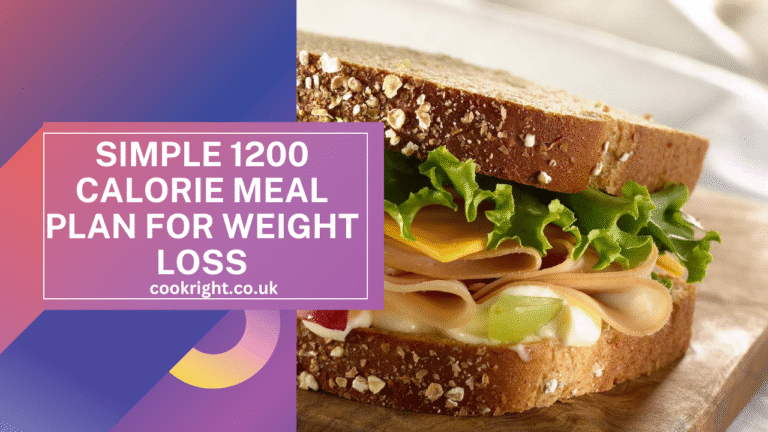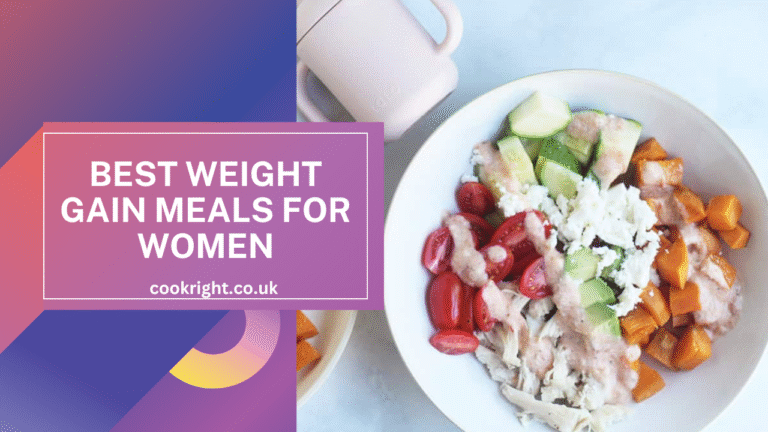If you’re someone who frequently experiences heartburn, regurgitation, or that uncomfortable burning sensation in your chest after meals, you’re not alone. Acid reflux, also known as gastroesophageal reflux disease (GERD) when it becomes chronic, affects millions of people worldwide.
While medications can help manage symptoms, one of the most effective ways to reduce acid reflux naturally is through a carefully planned diet. What you eat—and when you eat—can significantly impact how often and how severely you experience reflux.
This detailed 7-day acid reflux meal plan is designed to help soothe the digestive system, minimize reflux triggers, and support overall gut health. Whether you’re newly diagnosed or have been dealing with reflux for years, this guide will help you make smart food choices that reduce symptoms without sacrificing flavor or satisfaction.
What Causes Acid Reflux?
Acid reflux occurs when stomach acid flows back into the esophagus, the tube that connects your mouth to your stomach. This backward flow can irritate the lining of your esophagus and cause symptoms such as:
- Heartburn
- Chest discomfort
- Sour taste in the mouth
- Bloating
- Nausea
Common dietary triggers for acid reflux include:
- Spicy foods
- Fatty or fried meals
- Caffeine
- Alcohol
- Citrus fruits and juices
- Tomato-based sauces
- Chocolate
- Carbonated beverages
- Garlic and onions
Managing acid reflux through diet involves avoiding these trigger foods while choosing meals that are gentle on the digestive system, rich in fiber, and low in fat and acidity.
The 7-Day Acid Reflux Meal Plan
The following meal plan features reflux-friendly foods that are easy to digest, low in acidity, and unlikely to trigger symptoms. Each day includes breakfast, lunch, dinner, and two snack options.
Day 1
Breakfast
- Plain oatmeal topped with sliced banana and a drizzle of honey
- A cup of chamomile tea
Morning Snack
- A handful of unsalted almonds
Lunch
- Grilled skinless chicken breast
- Steamed broccoli and cooked quinoa
- Cucumber slices with a small serving of hummus
Afternoon Snack
- Fresh pear slices
Dinner
- Baked salmon with mashed sweet potatoes
- Steamed green beans
Tip: Try to avoid eating 2-3 hours before bedtime to reduce nighttime reflux.
Day 2
Breakfast
- Scrambled egg whites with sautéed spinach
- One slice of whole wheat toast
- Warm ginger tea
Morning Snack
- Rice cakes with almond butter
Lunch
- Turkey and avocado wrap using a whole grain or spinach tortilla
- Side salad with leafy greens and olive oil dressing
Afternoon Snack
- Unsweetened applesauce
Dinner
- Brown rice with grilled zucchini and tofu
- A cup of herbal peppermint tea
Day 3
Breakfast
- Low-fat Greek yogurt with sliced melon (e.g., cantaloupe or honeydew)
- Herbal fennel tea
Morning Snack
- Baked apple with cinnamon
Lunch
- Grilled chicken and quinoa bowl with roasted carrots and zucchini
- A side of steamed kale
Afternoon Snack
- Whole grain crackers and low-fat cottage cheese
Dinner
- Baked white fish (like cod or tilapia)
- Steamed asparagus and roasted sweet potato wedges
Day 4
Breakfast
- Banana smoothie made with almond milk, oats, and flaxseed
- Herbal tea (chamomile or ginger)
Morning Snack
- A hard-boiled egg and a few baby carrots
Lunch
- Lentil soup (non-spicy)
- Small whole grain roll
- Sliced cucumber and bell pepper
Afternoon Snack
- Peach slices (fresh or canned in water)
Dinner
- Stir-fried tofu with brown rice and bok choy (cooked with minimal oil)
- Warm fennel tea
Day 5
Breakfast
- Overnight oats with almond milk, chia seeds, and blueberries
- Ginger tea
Morning Snack
- Sliced kiwi (in moderation; avoid if sensitive)
Lunch
- Baked turkey breast sandwich on whole wheat bread
- Lettuce and sliced cucumber (skip tomato and spicy mustard)
Afternoon Snack
- Handful of unsalted pumpkin seeds
Dinner
- Grilled chicken with mashed butternut squash
- Steamed green peas
Day 6
Breakfast
- Whole grain waffles topped with banana slices and almond butter
- Chamomile tea
Morning Snack
- Plain rice cakes and a boiled egg
Lunch
- Tuna salad (use olive oil and lemon instead of mayo) on whole grain bread
- Side of steamed carrots
Afternoon Snack
- Baked pear with cinnamon
Dinner
- Quinoa-stuffed bell peppers (avoid spicy seasonings)
- Steamed spinach
Day 7
Breakfast
- Low-fat plain Greek yogurt with soft berries (like blueberries)
- Herbal mint tea
Morning Snack
- A small handful of unsalted sunflower seeds
Lunch
- Chicken and vegetable stir-fry with brown rice
- Side of steamed broccoli
Afternoon Snack
- Melon slices
Dinner
- Grilled white fish with a side of couscous and sautéed zucchini
- Ginger tea
Additional Tips for Managing Acid Reflux Through Diet
- Eat smaller meals more frequently instead of three large meals. Overeating can put pressure on the stomach and worsen symptoms.
- Chew slowly and thoroughly. Rushed eating increases the risk of acid reflux.
- Stay upright after meals. Avoid lying down for at least 2–3 hours after eating.
- Elevate your head while sleeping if you often experience nighttime reflux.
- Keep a food diary to track which foods trigger your symptoms. Everyone reacts differently.
Final Thoughts
Adopting an acid reflux-friendly diet doesn’t mean sacrificing flavor or variety. By focusing on whole foods, lean proteins, non-citrus fruits, and steamed or baked vegetables, you can create a balanced meal plan that reduces symptoms and supports your digestive health.
This 7-day acid reflux meal plan provides a structured foundation to help you manage your symptoms naturally. As always, consult with your doctor or a registered dietitian before making significant dietary changes, especially if you’re on medications or have other health conditions.
Remember, healing begins with what you put on your plate.
